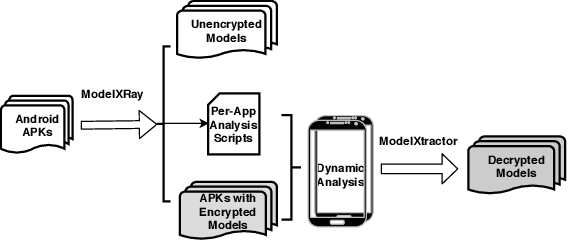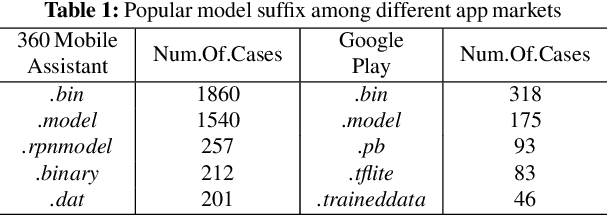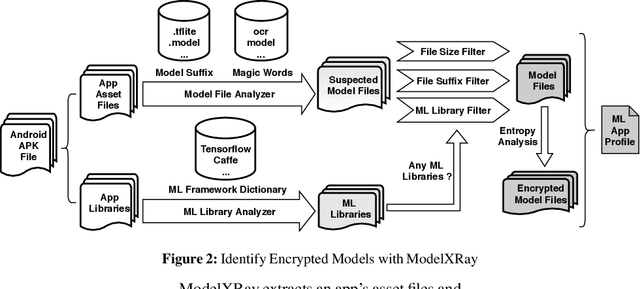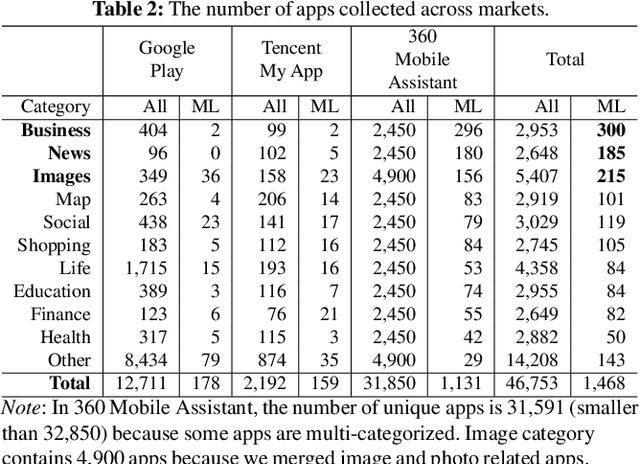Mind Your Weight: A Large-scale Study on Insufficient Machine Learning Model Protection in Mobile Apps
Paper and Code
Feb 18, 2020



On-device machine learning (ML) is quickly gaining popularity among mobile apps. It allows offline model inference while preserving user privacy. However, ML models, considered as core intellectual properties of model owners, are now stored on billions of untrusted devices and subject to potential thefts. Leaked models can cause both severe financial loss and security consequences. This paper presents the first empirical study of ML model protection on mobile devices. Our study aims to answer three open questions with quantitative evidence: How widely is model protection used in apps? How robust are existing model protection techniques? How much can (stolen) models cost? To that end, we built a simple app analysis pipeline and analyzed 46,753 popular apps collected from the US and Chinese app markets. We identified 1,468 ML apps spanning all popular app categories. We found that, alarmingly, 41% of ML apps do not protect their models at all, which can be trivially stolen from app packages. Even for those apps that use model protection or encryption, we were able to extract the models from 66% of them via unsophisticated dynamic analysis techniques. The extracted models are mostly commercial products and used for face recognition, liveness detection, ID/bank card recognition, and malware detection. We quantitatively estimated the potential financial impact of a leaked model, which can amount to millions of dollars for different stakeholders. Our study reveals that on-device models are currently at high risk of being leaked; attackers are highly motivated to steal such models. Drawn from our large-scale study, we report our insights into this emerging security problem and discuss the technical challenges, hoping to inspire future research on robust and practical model protection for mobile devices.
 Add to Chrome
Add to Chrome Add to Firefox
Add to Firefox Add to Edge
Add to Edge